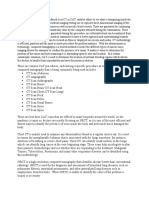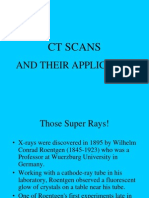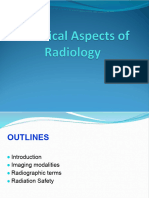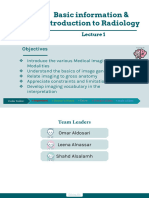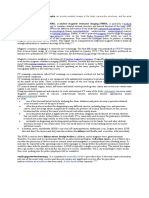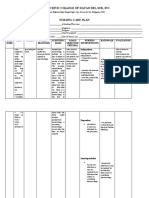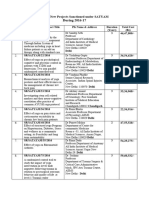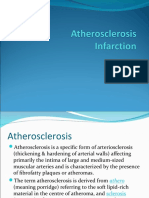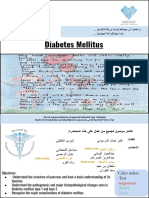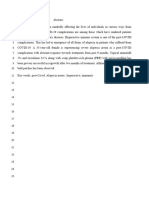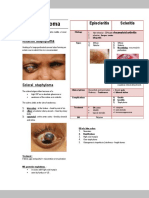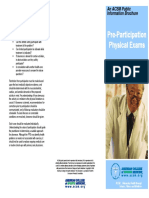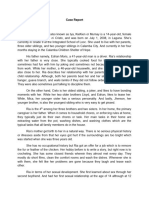0% found this document useful (0 votes)
37 views54 pagesCtscan-Adoptation and Uses
Computed tomography (CT) scanning uses X-rays and computer technology to create cross-sectional images of the body. Sir Godfrey Hounsfield invented the first CT scanner in 1971, which produced the first patient brain scan that same year. CT scanning provides clearer images than traditional X-rays and can detect abnormalities that may not be visible on other imaging tests. CT scans are used to diagnose and monitor a wide range of conditions in the brain, chest, abdomen, bones, and other body parts.
Uploaded by
Sourabh KalolikarCopyright
© © All Rights Reserved
We take content rights seriously. If you suspect this is your content, claim it here.
Available Formats
Download as PDF, TXT or read online on Scribd
0% found this document useful (0 votes)
37 views54 pagesCtscan-Adoptation and Uses
Computed tomography (CT) scanning uses X-rays and computer technology to create cross-sectional images of the body. Sir Godfrey Hounsfield invented the first CT scanner in 1971, which produced the first patient brain scan that same year. CT scanning provides clearer images than traditional X-rays and can detect abnormalities that may not be visible on other imaging tests. CT scans are used to diagnose and monitor a wide range of conditions in the brain, chest, abdomen, bones, and other body parts.
Uploaded by
Sourabh KalolikarCopyright
© © All Rights Reserved
We take content rights seriously. If you suspect this is your content, claim it here.
Available Formats
Download as PDF, TXT or read online on Scribd
/ 54



















